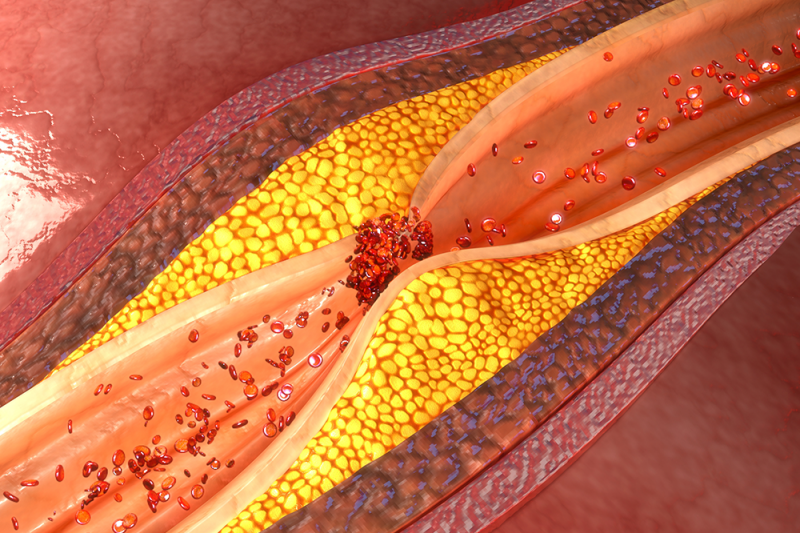
A man with symptoms of a transient ischaemic attack
Don’t be fooled by these strange symptoms:
You might suddenly get dizzy, or feel out of balance, or your leg might collapse weirdly under you, you might have a sudden fall, or you might struggle to form words or sentences (or battle to understand them), or have trouble seeing with one or both eyes, get a severe and sudden headache, have difficulty swallowing . . .
These symptoms can come and go, sometimes several times in a short period. They may seem minor or temporary at the time and be brushed aside. Your body is not fooling you at all, and they can be an indicator of something far more serious.
They can be symptoms of a TIA, or transient ischaemic attack—a mini stroke.
They’re called transient (lasting only a short time, or temporary) because they often go away in minutes to a couple of hours. Too many people simply ignore them and carry on as usual. This can be a big mistake, as a major stroke can happen after a TIA, often within a short time. You should seek medical attention as soon as possible, even if you feel fine. About one in four people who have had a TIA will go on to have a more severe stroke.
Remember FAST
Facial weakness
Arm weakness
Speech difficulties
Time is critical
These are the most common symptoms of stroke. If you have any symptoms, seek immediate medical attention. Don’t drive after a suspected TIA, instead try and get someone to drive you or call 000 for an ambulance.
Causes
TIA's happen when the blood supply to your brain is temporarily interrupted by a clot or a narrowed artery. Narrowing is usually caused by a substance called plaque, which is a build-up of fat, calcium, cholesterol, and other substances. The symptoms of TIA are similar to a stroke but don’t last as long, usually only a few minutes to an hour or two.
The brain runs on glucose (and oxygen) and is very sensitive to any shortages. It uses an estimated 20 per cent of the body’s energy, despite being only just over 2 per cent of the body’s weight. You use about 200-300 calories a day just to keep your brain going.

Diagnosis
To check you for a possible TIA, doctors can use:
- head scans or neck artery scans to check for blockages caused by clots or narrowing using magnetic resonance imaging (MRI), computer tomography (CT), and/or ultrasound
- blood tests for cholesterol, blood sugar levels, and others
- blood-pressure monitoring
- echocardiogram (heart ultrasound) or an electrocardiogram (ECG) to check your heart.
Treatment
If a TIA is diagnosed, you may be prescribed medication (anti-platelet drugs or anticoagulants) to reduce the chances of blood clots. Depending on depending on what is causing the TIA and where it is, surgery to clear the fatty deposits in an artery or a balloon procedure (angioplasty) or stent may be recommended.